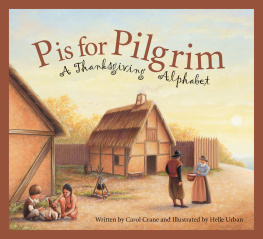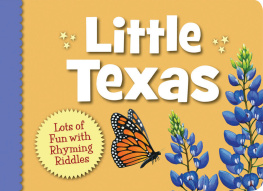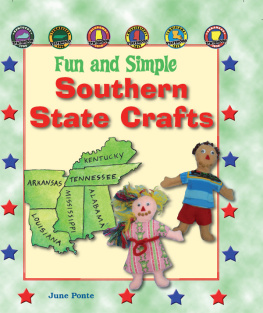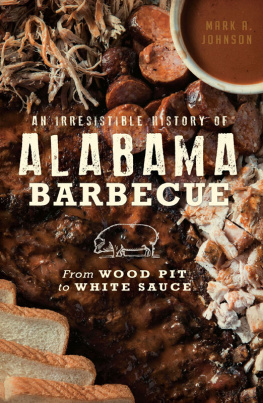Y is for Yellowhammer
An Alabama Alphabet

Written by Carol Crane and Illustrated by Ted Burn
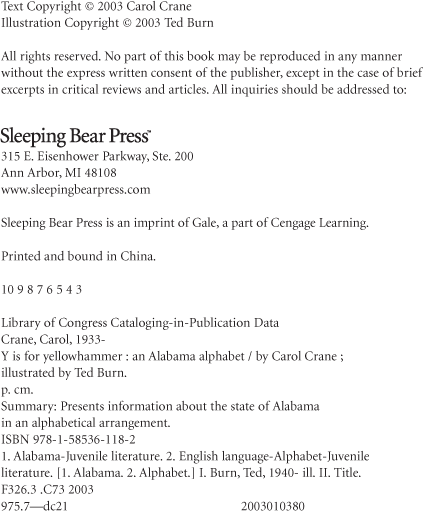
To Dr. MaryAnn Manning and friends at UAB, to my sister Beth
and Roger Johnston, who lived in Alabama for seventeen years,
to Ann Vest, a great educator, and Cookie and Paul, Roll Tide fans.
CAROL

To my loving and patient wife Dianne, and to the very
helpful and patient staff at Sleeping Bear Press.
TED

A
When in 1939 the seal of Alabama was approved, the senate and house of representatives all agreed that the states most important feature was its rivers. It is the only state to show the outline of the state and its important rivers on the great seal. The first explorers, the Native Americans, the pioneers, and later the industrialists used the rivers for transportation and growth.
The Alabama River and the Tombigbee, the longest rivers in Alabama, meet and form the Mobile River which flows into the Gulf of Mexico. Other important rivers are the Chattahoochee, Cahaba, Black Warrior, Coosa, and the Choctawhatchee.
There are no natural lakes in Alabama. On some of the rivers, hydroelectric dams were built. The backwaters of these dams turned hundreds of miles of rushing water into acres of lakes.
A is for Alabamas amazing rivers, Cahaba, Black Warrior, and Tennessee too.
Theyre so important the official state seal shows Alabama waterways in review.

B
Walter Bellingrath and his wife Bessie bought riverfront land to use as a fishing camp more than 70 years ago. The land was like a jungle but the couple worked hard for many years to grow gardens in the perfect Alabama climate. Today you can see beautiful flowers 12 months out of the year, including the state flower, the camellia, and the official wildflower, the oak leaf hydrangea. The camellia belongs to the tea family and has been known to live hundreds of years. The oak leaf hydrangea was first recorded in the 1770s.
Butterfly gardens at Bellingrath attract the monarch butterfly, the state insect, and the eastern tiger swallowtail, which has been recognized as the state butterfly and mascot. The southern longleaf pine is the state tree and is called a late bloomer, as it grows very little above the ground during its first 10 years.
I walk among the many colored blossoms, seeing flittering butterflies and birds as I roam.
This once quaint riverfront fishing camp stands for B, the Bellingrath Gardens and home.

C
DeSoto Cave, near Childersburg, Alabama was first recorded in 1796. It was named after the Spanish explorer Hernando DeSoto, who discovered the cave in 1540. Inside the cave, onyx, a colorful semiprecious stone, was found. Today, it is called DeSoto Caverns Park.
The Sequoyah Caverns have smooth walkways through colored formations and looking glass pools. Here names, initials, and dates going back to 1824have been found on the cave walls.
Russell Cave became the refuge for Indians over 10,000 years ago. Native Americans inhabited many of the caves during the winter months.
C is for the many Caves and Caverns, magnificent and beautiful formations;
DeSoto, Sequoyah, and Russell to name a few, known as the oldest in the nation.

D
Before the Civil War (18611865), Louisiana issued $10 notes that were used as money. The notes had the French word dix on them, which means 10. This led the South to be known as Dixieland. Alabama was the capital of the Confederacy during the Civil War so it became known as the Heart of Dixie.
Alabama is bordered on the west by Mississippi, to the north byTennessee, on the east by Georgia, and by Florida to the south.
D stands for Dixie, all Alabamians have great pride in.
Our state is The Heart of Dixie, a heritage passed from kin to kin.

E
In the 1800s cotton was the main crop of Alabama. Then an evil weevil, the Mexican boll weevil, found its way into the state and destroyed most of the cotton crops. The growers of the area decided to honor this pesky insect with a monument, because it forced them to grow other crops. At the base of the monument are the words:
In profound appreciation of the boll weevil and what it has done as the herald of prosperity, this monument was erected by the citizens of Enterprise, Coffee County, Alabama.
Today Alabama still grows cotton, but its main crop is peanuts. The pecan was officially designated as the state nut in 1982.
Standing in the middle of Main Street, theres a boll weevil monument to see.
Honoring a pest who ate up all the cotton, Enterprise, Alabama is our E.

F
When summer is over and fall leaves turn to crimson red, football season starts for Alabama fans. The stadiums are crowded with young and old coming to cheer on their favorite teams. Records have been set in bowl game wins, players have gone on to new careers, and fans have loved to relive the history of their favorite play.
Young Paul Bear Bryant got his nickname for wrestling a bear. This poor farm boy grew up to be one of the most honored legends in University of Alabamas coaching history. His trademark was his checkered hat and the saying, If you believe in yourself and have pride and never quit, youll be a winner.
Roll Tide is the cheer on everyones lips at the University of Alabama in Tuscaloosa. War Eagle is the chant from Auburn University.
The Heisman Trophy, given to the most outstanding college football player, honors John William Heisman, former football coach at Auburn University. Both universities started playing the game of football in 1892.
F stands for Football Fans, you can hear the crowds roar and cheer!
Roll Tide, War Eagle, and the legend Bear Bryant; young and old come from far and near.

G
Nathan H. Glick, a native of Birmingham, Alabama and later schooled in Montgomery, was chosen in 1940 to design bronze doorsfor the Alabama Department of Archives and History that illustrate the time line of Alabama history. Later, the doors were placed inside.



